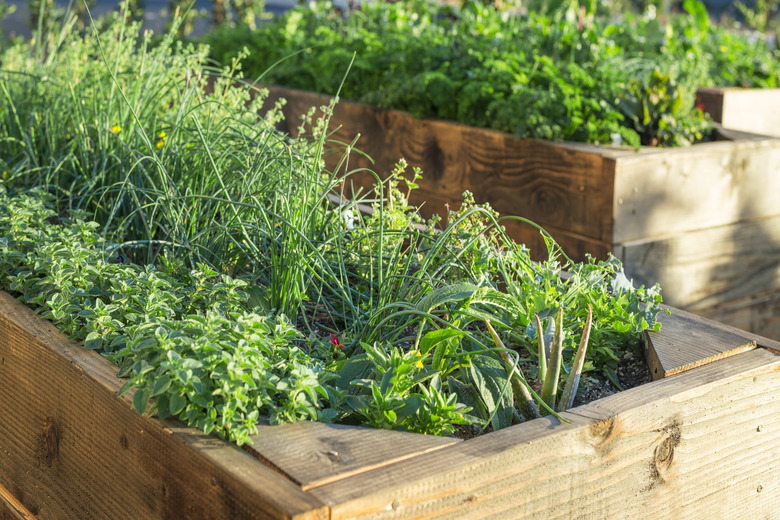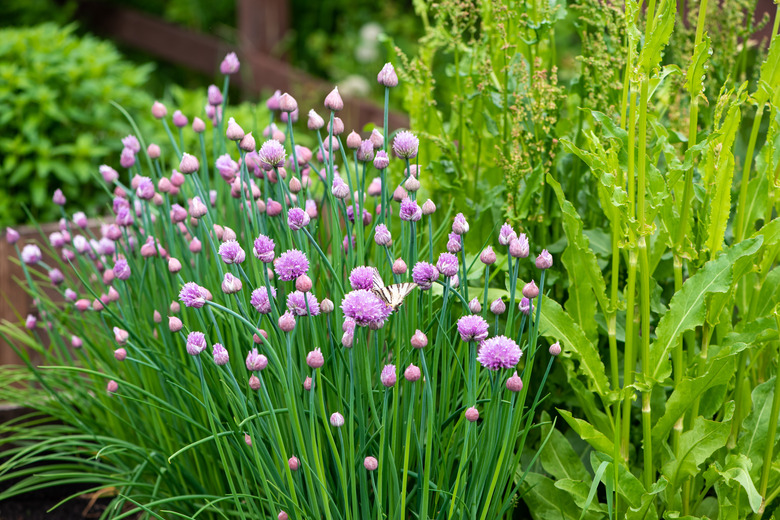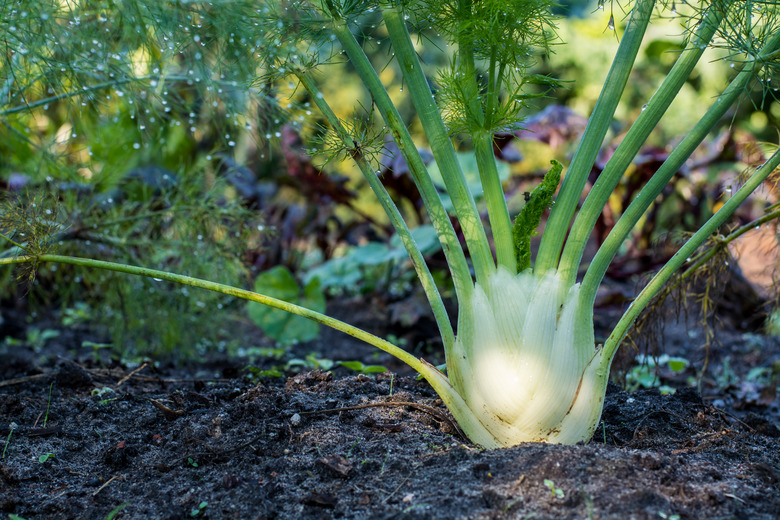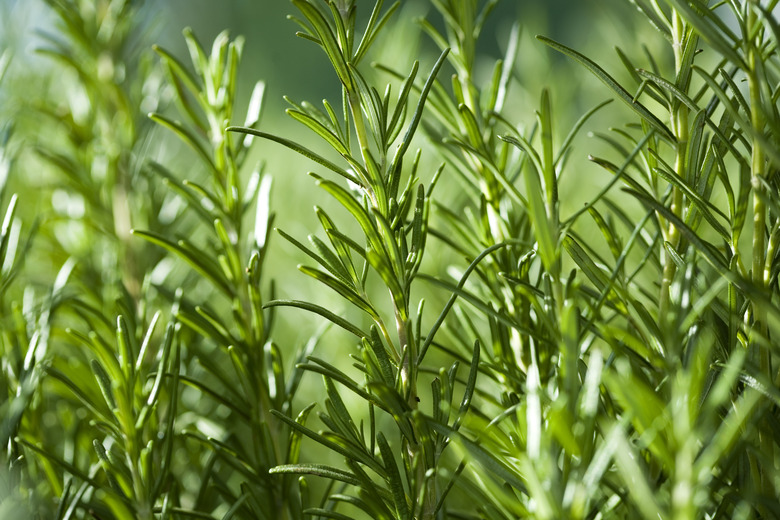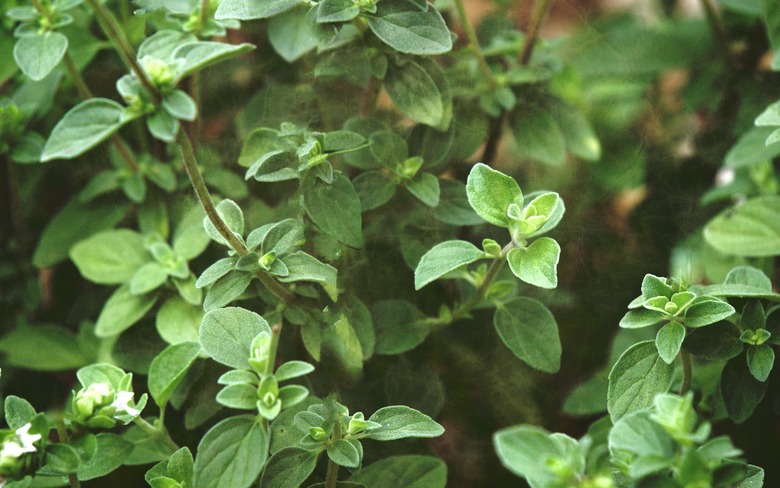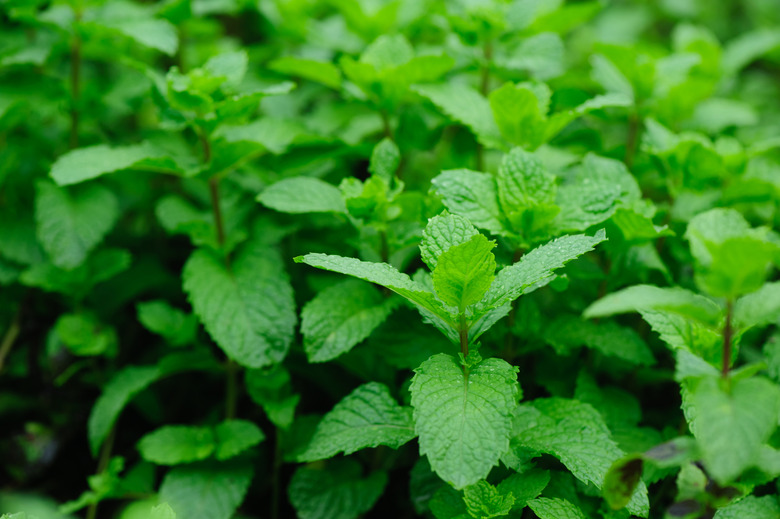5 Perennial Herbs You Should Grow
While cute windowsill herb gardens have their place, perennial herb gardens offer both chefs and gardeners a lot more options. Perennial herbs offer fresh spring and summer flavors along with attractive flowers and foliage that look as good in the garden as they taste in the kitchen. What's the best thing about perennial herbs? They persist from year to year so you can enjoy them again and again without replanting them every spring.
If desired, you can also enjoy fresh herbs in the winter. While many culinary herbs go dormant during the winter months, you can still enjoy them if you plan ahead and dry some of your herbs in the fall. To do so, simply cut off a few stems, bunch them together in small bundles and hang them upside down in a dark, warm and well-ventilated space. When the leaves have dried out, pluck them from the stem, crush them and store them in airtight containers until it's time to use them.
1. Chives
If you cook and garden in USDA hardiness zones 4 through 8, chives (Allium schoenoprasum) are a must-have perennial herb. These long, grasslike stalks reach heights of about 28 inches tall and are topped with attractive purple flowers in April and May. Most gardeners grow chives for the slight onion flavor of the stems, but the plant's flowers are also edible — and make for a great garnish.
Chives need full sun or part shade and like their soil evenly moist but not soggy. Bulb rot will occur in wet soil, so make sure you plant chives where there is good drainage. If desired, you can remove the spent flowers from your chives late in the fall, but doing so isn't necessary. If left, the blooms will dry out and self-seed, continually renewing the plant.
You can harvest your chives throughout the spring and summer, and snip a few sprigs as needed. Always cut chives off the plant at the base rather than pulling. Pulling can dislodge the bulb and prevent the plant from sprouting new stems.
2. Sweet Fennel
Fennel (Foeniculum vulgare, USDA zones 4-9) has quite a lot to offer growers of perennial herbs. Stretching to heights of 6 feet tall, the feathery leaves and yellow flower heads of the fennel plant add both height and texture to your planting beds. It's also delicious, with the seeds and leaves of the plant both featuring a distinctive licorice flavor that enhances a wide variety of soups, stews, salads, sausages and baked goods.
You should water your fennel when the top inch of soil is dry. This usually means providing about an inch of water a week but always check before you water. Fennel will rot if it gets wet feet. Besides water and full sun, fennel needs little else. You should, however, keep an eye out for aphids and caterpillars. If they're a problem, simply spray the plant with insecticidal soap or remove the pests with a spray of water from the garden hose. Bear in mind, however, that fennel is a host plant for the black swallowtail butterfly. So the caterpillars you see are likely the larval stage of this magnificent butterfly.
You can harvest the leaves of the fennel plant about 90 days after planting or as soon as the plant reestablishes itself in the spring. The more often you harvest, the leafier your plant will become. To keep your plant healthy, make sure you never remove more than a third of the leaves at a time. If desired, you can also dry the yellow flowers that appear in June and July to collect fennel seeds. If you don't, the plant will simply self-seed.
3. Rosemary
Rosemary (Salvia rosmarinus, USDA zones 7-11) is an evergreen Mediterranean herb. If you live in this plant's perennial range, rosemary is well worth devoting some garden space. It adds a wonderful flavor to roasted chicken, pork, homemade stuffing and potato wedges. The plant itself is attractive as well, sprouting showy pale-blue flowers from January to April.
Leafy and fragrant, rosemary plants can get up to 6 feet high and 2 to 4 feet wide. Rosemary needs full sun and very well-drained soil. There is no negotiating with rosemary where soil drainage is concerned. You absolutely must amend heavy clay soils, or rosemary will rot and die. Rosemary likes moist soil but can tolerate drought. When in doubt, err on the side of dry and skip the water.
In addition to flavoring your culinary creations, you can also use rosemary in sachets and potpourris thanks to its strong but pleasant fragrance. Rosemary is best harvested in the spring or summer when it grows its fastest, but you can take stems from a healthy plant at any time if you limit your harvest to no more than a third of the plant. Cut off the tallest stems to avoid cutting new growth when harvesting and remove the top 4 to 6 inches of the stem.
4. Oregano
Oregano (Origanum vulgare, USDA zones 4-8) offers perennial herb gardeners a bold and tasty flavor from a plant that even the brownest of thumbs can grow. Great for pizza, spaghetti sauce and almost any Italian dish, oregano has a bold, distinctive flavor for which you'll find yourself reaching often.
Oregano will tolerate any soil that isn't wet. It doesn't mind shallow or rocky soil, and it's fairly drought tolerant once established. Water only when the soil around your oregano is completely dry. Reaching heights of about 3 feet and spreading about 2 feet, oregano makes an excellent low-maintenance ground cover in areas of full sun.
Like most perennial herbs, oregano is a cut-and-come-again crop. The plant's green leaves are at their tastiest right before the plant flowers in July, but you can harvest the plant whenever the stems are at least 1 inch long. To do so, simply cut off the stem just above a leaf node.
5. Mint
Mint (Mentha spp.) is an excellent perennial herb choice. Its only downside may be that it's almost too easy to grow. Available in a variety of flavors, including peppermint (Mentha x piperita, USDA zones 5-9) and spearmint (Mentha spicata, USDA zones 5-9), mint plants need very little care. Just plant it where it will get full sun with perhaps a touch of shade and then stand back. The plant will do the rest.
In fact, mint may take care of itself too well. Grow mint where it will have plenty of room to spread out because spread it will. Fortunately, mint plants have shallow roots. If a plant pops up where you don't want it, it's easy to spot and pull out when you're watering your plants. Water your mint only when the soil around it is dry.
When harvesting your plant for a nice cup of mint tea or to spruce up a salad, remember that the younger leaves have better flavor. You can pull a few mint leaves off the plant as you need them, starting as soon as the plant leafs out, but some gardeners take a different approach: To ensure that they always have the youngest and tastiest leaves, these gardeners harvest the plant early in the summer just before it flowers in June. They gather as much mint as they wish and then cut back the entire plant to about 1 inch. When the mint leaves come back, they repeat the process. This method produces about three harvests per season.
References
- Missouri Botanical Garden: Allium schoenoprasum
- Missouri Botanical Garden: Foeniculum vulgare
- Bonnie Plants: Growing Fennel
- Missouri Botanical Garden: Salvia rosmarinus
- Harvest to Table: How to Grow Rosemary
- Missouri Botanical Garden: Origanum vulgare
- Bonnie Plants: Growing Mint
- The Old Farmer's Almanac: Growing Mint
- Iowa State University Extension and Outreach: Culinary Herbs in the Garden
- Country Living: 20 Perennial Herbs for the Tastiest Edible Garden Ever
